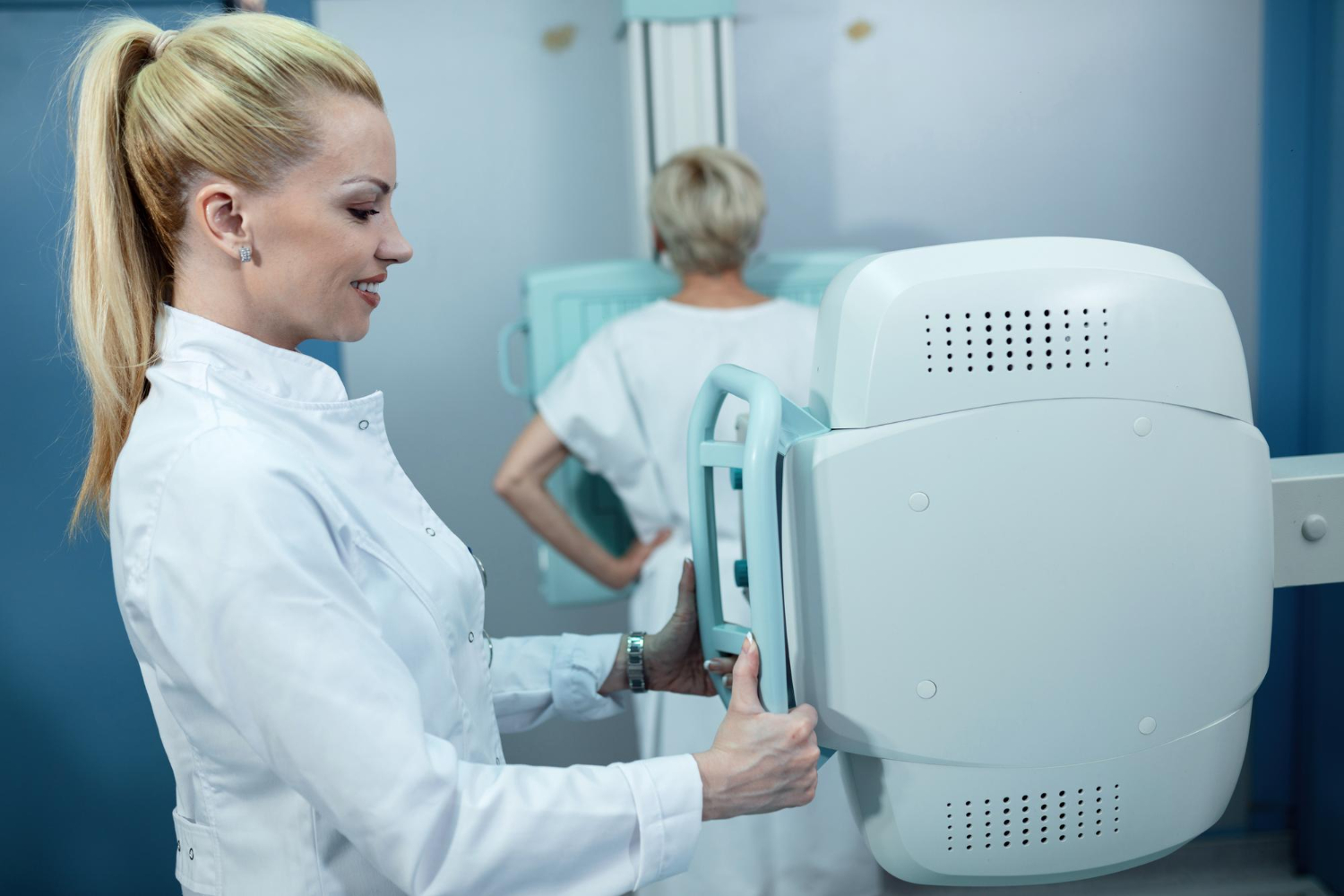A mammogram is an X-ray image of your breasts. It can be used either for breast cancer screening or for diagnostic purposes, such as to investigate symptoms or unusual findings on another imaging test.
During a mammogram, your breasts are compressed between two firm surfaces to spread out the breast tissue. Then an X-ray captures black-and-white images that are displayed on a computer screen and examined for signs of cancer.
Mammograms play a key role in breast cancer screening. They can detect breast cancer before it causes signs and symptoms. Mammograms have been shown to reduce the risk of dying of breast cancer.

A traditional mammogram creates two-dimensional images of the breast. A newer type of mammogram called a 3D mammogram (breast tomosynthesis) creates three-dimensional images of the breast. Many medical facilities offer the 3D mammogram in addition to the traditional 2D mammogram for breast cancer screening.
Why it's done
Mammograms are X-ray images of your breasts designed to detect cancers and other changes in breast tissue. A mammogram can be used either for screening or for diagnostic purposes:
Screening mammogram. A screening mammogram is used to detect breast changes that could be cancerous in people who have no signs or symptoms. The goal is to detect cancer when it’s small and treatment may be less invasive.
Experts and medical organizations don’t agree on when to begin regular mammograms or how often the tests should be repeated. Talk with your health care provider about your risk factors, your preferences, and the benefits and risks of screening. Together, you can decide what screening mammography schedule is best for you.
- Diagnostic mammogram. A diagnostic mammogram is used to investigate suspicious breast changes, such as a new breast lump, breast pain, an unusual skin appearance, nipple thickening or nipple discharge. It’s also used to evaluate unexpected findings on a screening mammogram. A diagnostic mammogram includes additional mammogram images.